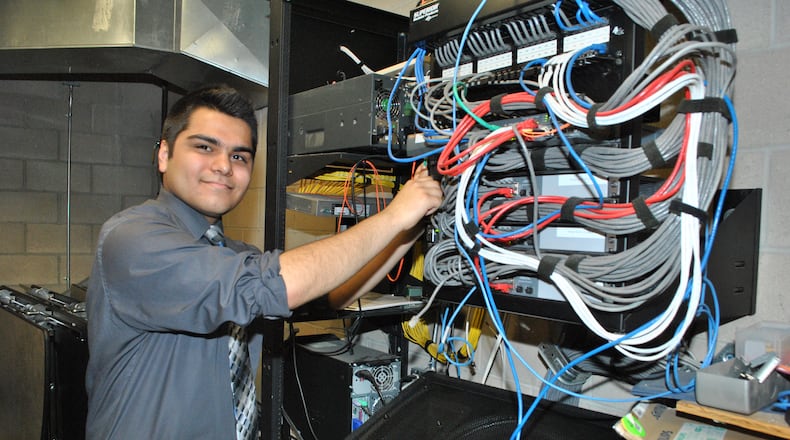Seems like we should. More than one million students drop out of college each year, and most are first-generation attendees who come from low-income households.
Ohio’s high school numbers border on pathetic. The average ACT scores have dropped from 22 in 2018 to 19.6 in 2021, which is below the national average, according to the Fordham Institute.
Ohio’s public school high school drop-out rate of about two students per hundred has remained steady since 2005. But that number masks a starker problem. The data shows Ohio’s students are woefully prepared to enter college and succeed. In just one example, the Fordham Institute noted that just over one in five Ohio students has shown enough proficiency to succeed in college.
Given that, it’s clear we have students who chase a traditional college dream that ends up being a life-long albatross of wasted time and debt (traditional college students graduate with nearly four times as much debt as career tech students).
We know that college admission is down across the country and maybe that’s because people are noticing more numbers like this: High school students who graduate in the top 50th percentile of their class make much more money — about $16,000 a year more — than colleges students who graduate in the bottom 50, according to the Bureau of Labor Statistics. And just half of adults polled believe college education is important, a drastic drop from 79% from just 10 years ago.
We, as a society, have spent the last few decades pushing the value of a four-year degree and devaluing career tech studies as if it’s some sort of brainless, low-wage education. It is not.
“The last 30-40 years, I think we’ve done the public a massive disservice by preaching that four-year degrees are the only pathways to success,” Mike Pressendo, the chief marketing and strategy officer for the Tech Force Foundation, said.
Pressendo said he’s starting to see a shift in perceptions and attitudes. He focuses on the transportation technician category and noted that it’s opened a career path for women who remain underrepresented in the field. He believes that Gen Z accepts the possibility of career tech work more freely, and polls bear that out. High schoolers considering a traditional four-year degree have plummeted (down to 48%) while trade school enrollment is surging.
But Pressendo also hit on an important factor — students learn differently and have different aptitudes that can result in success.
“We’ve identified different types of intelligence and different learning styles,” he said. “Some people learn by listening. Some people learn by seeing. We have found that people who learn tactically translate to fantastically successful technicians.”
Not every child should go or be in college, and that’s a tough message for some parents who will hear that as, “you think my kid is stupid.”
Not at all.
Some people prefer to work with their hands, and these are lucrative jobs that the community needs. Electricians make a median income of $57,000, after training, and those jobs will grow an estimated nine percent annually through 2030, according to the BLS. Welder’s jobs, which also need a high school diploma and training, will grow 8% annually with a median wage of $44,190. Diesel service technicians make $50,000 a year with 8% annual job growth.
We will always need traditional colleges and universities to produce nurses, doctors, professors, and the like. But we also need to do a better job of setting our children on a path to success that doesn’t have to include a traditional pathway.
So here’s a suggestion. Take some (all, if I had my way) of the $2B a year Ohio spends on unregulated charter schools and offer more career tech options at public schools. Talk to public universities, too, and see how they can participate (that would help with declining enrollment). That’s one way to give students and parents more choice.
Ray Marcano is a life-long journalist whose column appears on these pages each Sunday. He can be reached at raymarcanoddn@gmail.com.
About the Author

